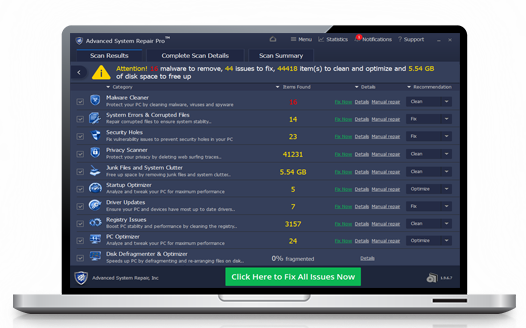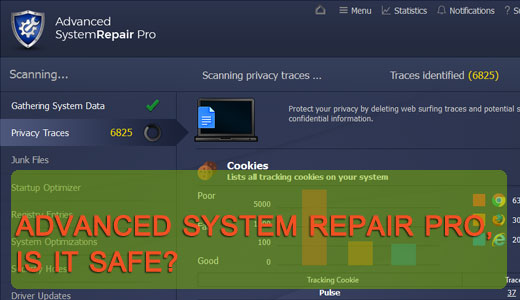
For this, we are going to use the command CheckHealth and ScanHealth first. To restore the health of your Windows installation we first need to check for any corrupted files. Follow the steps described in this article to create a Windows installation USB drive.

If your Windows updates files are also corrupted or when DISM is unable to repair the files with it, then you can use a Windows installation media as a source. The DISM command will by default use your Windows Updates files to repair any corrupt files. Follow this guide for more information on how to boot into safe mode. To solve this you can use a Windows Installation medium that you can easily create with an 8GB thumb drive. If your computer doesn’t boot at all, then you can’t access the command-line interface. But more importantly, we need to be able to start Windows. This can be done through Command Prompt, PowerShell, or Windows Terminal. To use the tool we will need to have access to the command line interface of Windows. But today we are going to use the tool to repair Windows. How to use the DISM CommandĭISM stands for Deployment Image Service and Management and is a built-in command-line tool that can be used to create Windows system images. Also, I will explain briefly how to boot from the installation media.

In this article, I am going to explain how to use the DISM Command and the restorehealth function. It could be a driver error, but also broken system files can prevent Windows from starting. You will get a blue screen of death (BSOD), with an error indicating what the issue is. When system files are corrupt or missing Windows might not start at all anymore.

In these cases, we can often repair Windows using the built-in DISM command. Windows system files sometimes get corrupted, which can result in errors, problems with updating Windows, or even preventing Windows from booting at all.


 0 kommentar(er)
0 kommentar(er)
